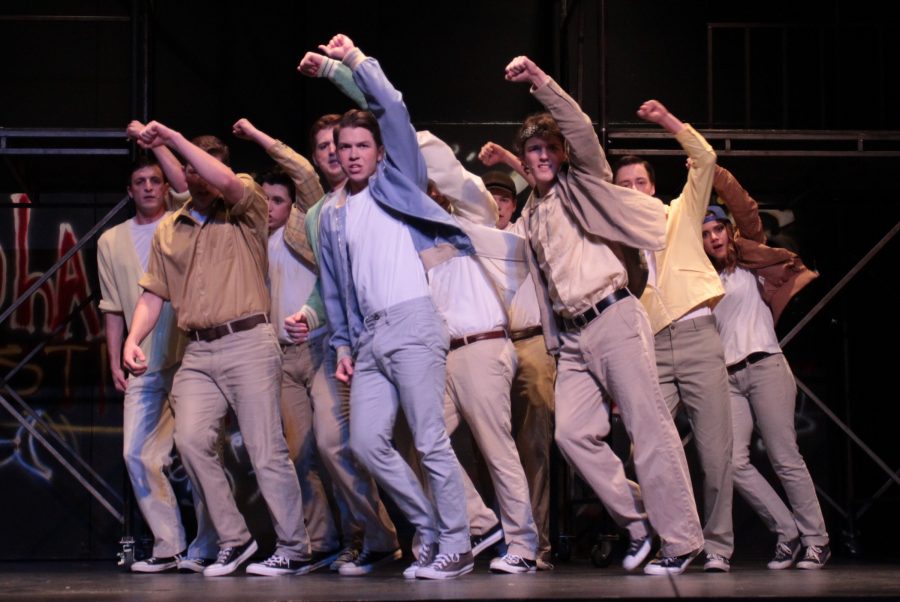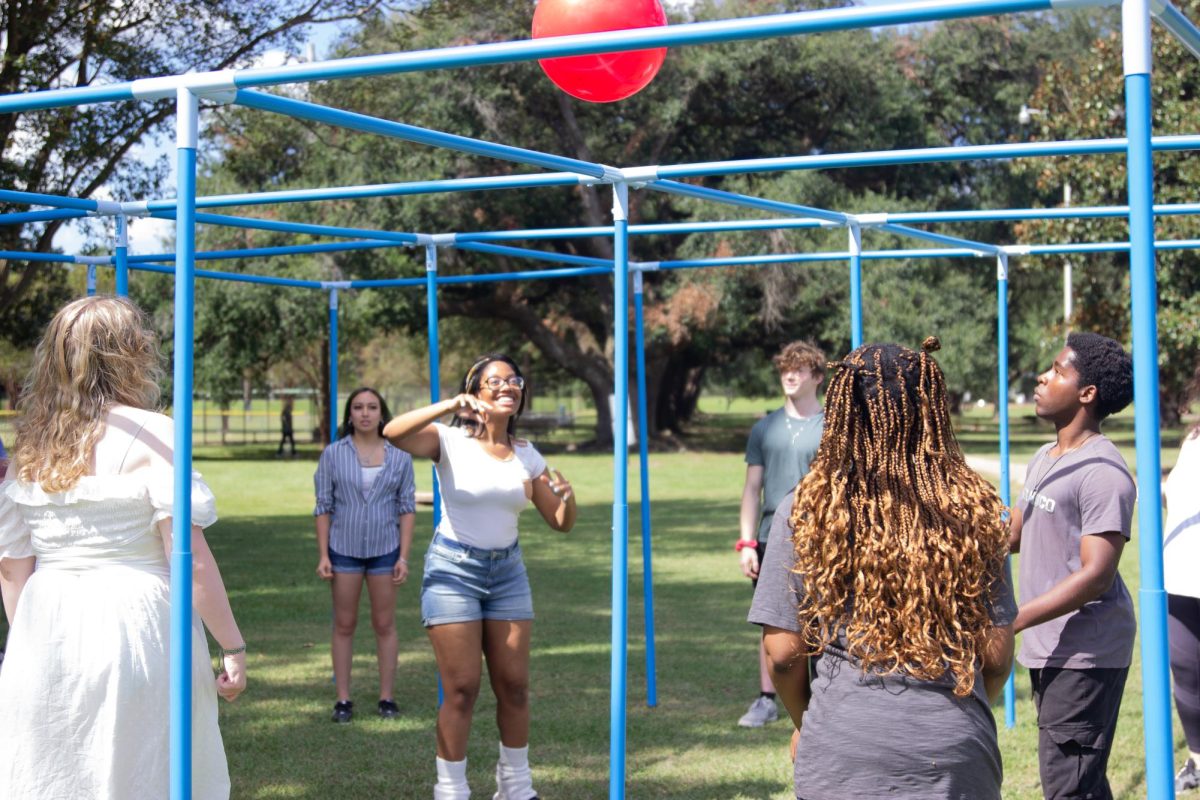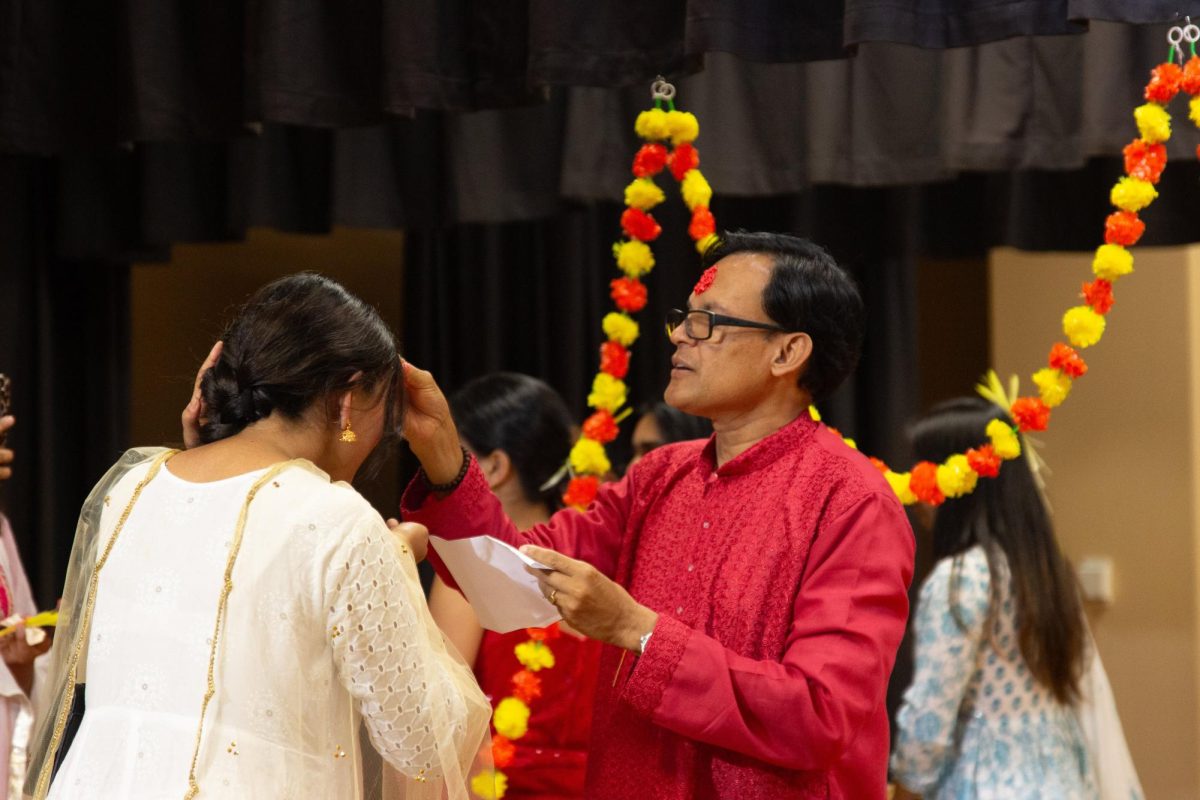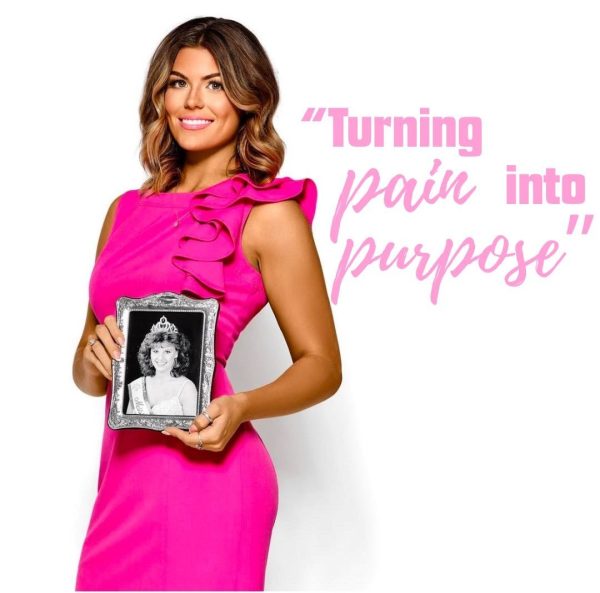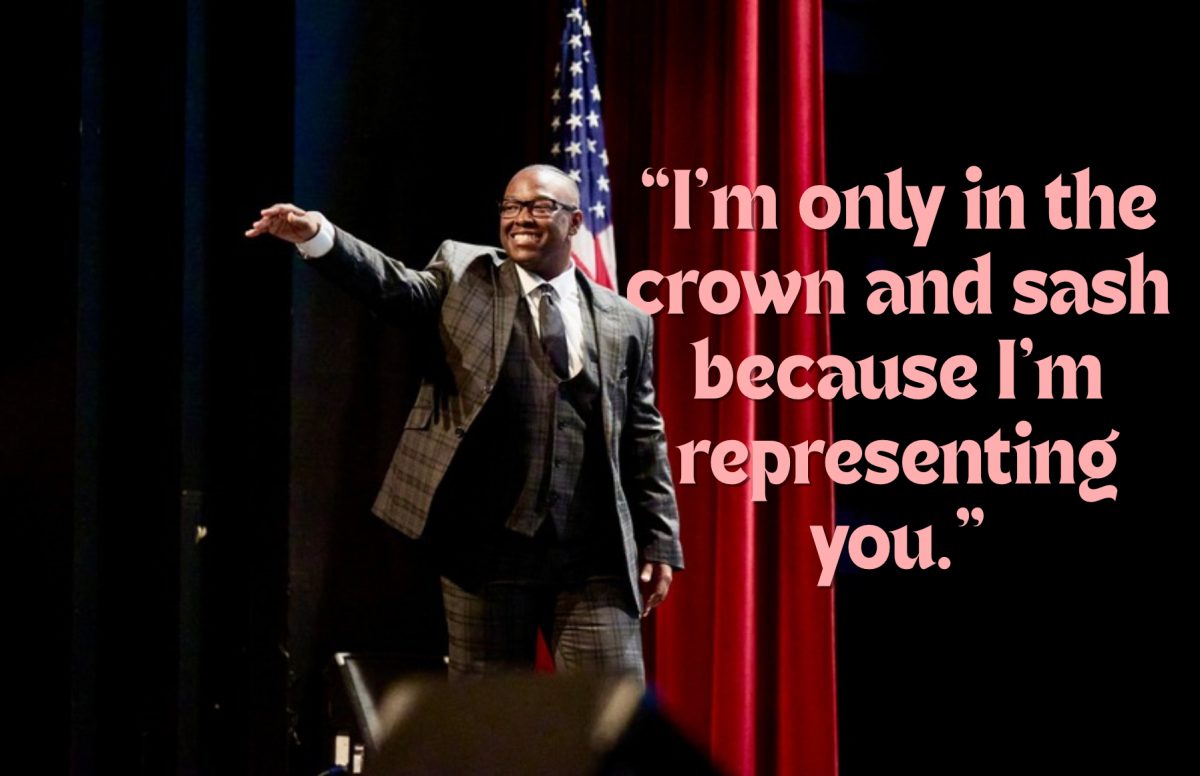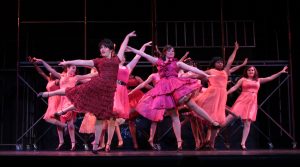
Famous Broadway musical examines clash of ethnic groups
Through performances and an expert panel discussion, ULM’s School of Visual Performing Arts, students and faculty collaborated to tell “West Side Story.”
Panel ponders impact on today’s audience
Faculty members hosted an expert panel discussion in conjunction with the show’s opening Thursday night.
The panel moderated by Jay Curtis, general manager at KEDM Radio, included Mel Mobley, Neil White, Bob Eisenstadt, Joshua Stockley and Jana Giles. They discussed the show’s cultural impact in society and how it relates to audiences who experience “West Side Story” today.
Neil White, associate professor who played Doc, said it serves as more than just a story for immigrants to the Upper West Side.
“It’s the American story for immigrants because as the new immigrants came in, they were often the ones persecuted most,” White said.
White related this “American story” to the “beauty” in the “Romeo and Juliet”-like tragedy of the musical.
“Life is dancing and singing and celebration. It’s hopeful, but it’s also tragedy,” White said.
Bob Eisenstadt, associate professor and Center for Business and Economic Research director, also related the musical to now as he said the musical shows a competition for resources, one of many conflicts in the show that is still found today.
Joshua Stockley, associate professor, discussed the ethnic conflicts in New York City where spatial tensions compounded existing societal, political and economic tensions.
Stockley mentioned the original screen name “East Side Story” and how East Harlem went from a place for Italian immigrants to a place for Spanish immigrants.
Immigrants in the early 20th century struggled to fit into society, which Stockley attributed to the need for powerful connections and difficulty in replacing old relationships.
Stockley said the different ethnic groups should strengthen rather than weaken the core of the American identity.
“The hyphenated identity is the core part of the American identity,” Stockley said.
While colleagues discussed immigration and discrimination, assistant professor Jana Giles used the comparison of “Romeo and Juliet” and “West Side Story” to show the “arts are interconnected.”
“What makes literature truly interpersonal is that it draws on the human experience in such a way that it can resonate in different times and places, and that’s exactly what this performance does,” Giles said.
The panelists seemed to agree on the musical’s universal message.
Old welcomes new to stage
Others backstage might pace back and forth nervously, but McKenna Giovingo smiles at the red curtains held back until the time has come for opening night to commence. She’s no stranger to the stage.
The senior vocal performance major welcomes newcomers to performing on stage, as the popular Broadway musical “West Side Story” was the senior’s final show at ULM. Though the preparation for the musical proved no small task, Giovingo said she felt great after the first night’s performance.
“We know that it works and that people enjoy it and that it moves people, and that’s why we do it ultimately,” Giovingo said.
Giovingo plays the role of Anita, Maria’s sister-in-law and one of the “Shark girls.” Fellow Puerto Rican male youths form a teenage street gang known as the Sharks. These Sharks rival the Jets whose members are of mostly European descent.
The protagonist, Tony, who is a former Jet and best friend to gang leader, Riff, falls in love with Maria, Shark leader Bernardo’s sister.
The star-crossed lovers become tangled in the conflicts between the gangs. One can then make the connection to William Shakespeare’s “Romeo and Juliet.” In that and “West Side Story,” the end comes only after tragedy strikes the young lovers.
“It’s a commentary on the ‘Romeo and Juliet’ story. They’re seeing Shakespeare performed in front of them just on a contemporary level,” said Derle Long, director of the School of Visual and Performing Arts.
“West Side Story” simply differs in time and place as it’s set in the Upper West Side of New York City in the 1950s.
Sophisticated songs reflect the its darker theme. “Gee, Officer Krupke” examines social issues while filled with shaded humor. However, “One Hand, One Heart” gently reminds the audience that Tony and Maria’s romance still begins to bloom despite the fighting around them. They capture hearts when they pretend to meet each other’s parents and exchange vows but proceeds to rip those same hearts out when Maria holds dead Tony in her arms.
Though Act I contained more vibrant scenes and songs such as “The Dance At The Gym” and “America,” a simulated gunshot visibly riled up the audience and interrupted Act II’s slower and somber tone.
The show pushed students with challenging musical work and more dancing. It also required cast members to have Hispanic or tough New York accents depending on their roles as Sharks or Jets.
“West Side Story” had a four-day run from Thursday through Sunday with multiple sold-out performances. Robin Stephens was director and choreographer and Deborah Chandler served as musical director.
Long called it “a chance for us to work on a musical that’s generally regarded as a turning point in musicals in America.”
The performance impressed students new to ULM’s musical productions.
“It was my first ULM production to see, and I was very impressed,” said Joel Sinclair, a junior kinesiology major.
Though the production had recurrent issues with microphones on opening night, the cast members sang and danced on.


